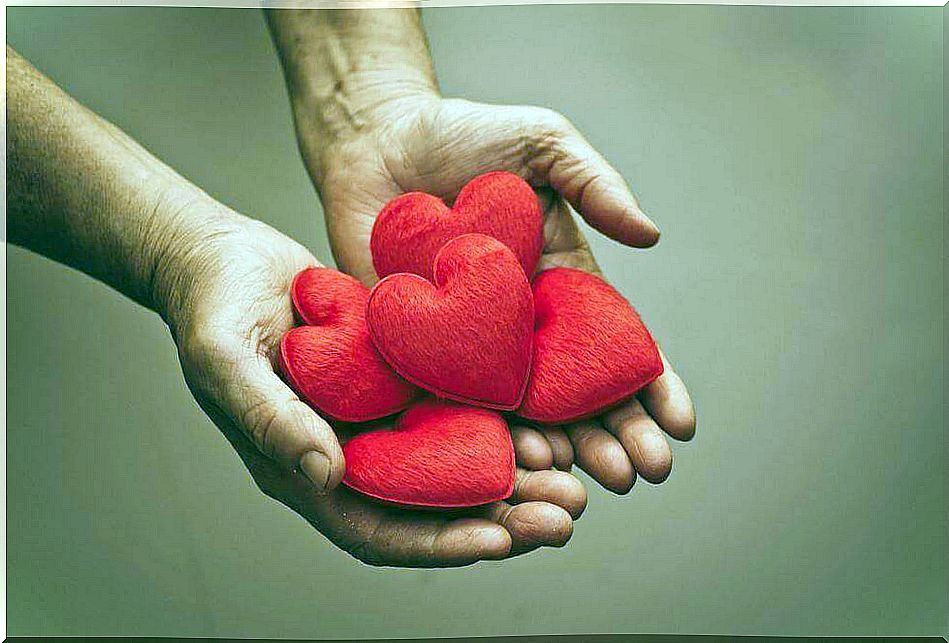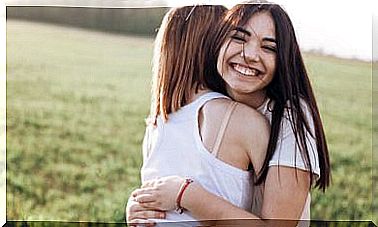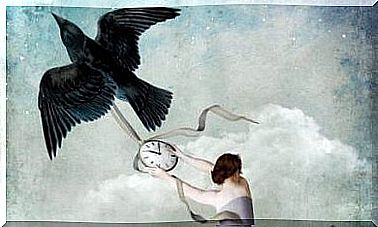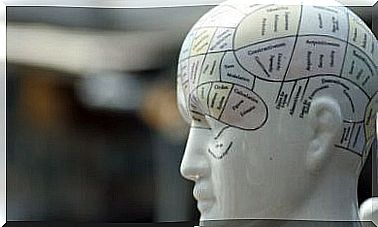The Importance Of Attachment

We all have a style of relating and that style varies depending on the level of trust in which we place those people with whom we interact. This style, shape or trend is closely related to attachment.
The truth is that, in our childhood, we all have a series of models who taught us, in part, what others can expect from us and what we can expect from others. A teaching that usually leaves its mark, significantly influencing our way of “getting attached” to others.
Do you need the approval of others to understand that you have done something good or shows of affection from those who love you to feel safe in the relationship? Do you feel in any way abandoned every time your partner goes out with his friends or asks for time to be alone? Do you think you suffer from jealousy in your relationship? Do you find it difficult to open up to new people or get out of your routine space? Behind all these questions is the importance of attachment.
Attachment, our attachment style, encompasses the way we build and care for our relationships. Attachment identifies the way we relate to our loved ones or include someone in our circle of trust. It is closely related to our tendency to give or accept what others offer us. Also with our tendency to be suspicious or to protect ourselves in the social sphere.
Next we will take a tour to discover the importance of attachment in our lives. Let’s go deeper.

M. Ainsworth experiment and attachment
In 1954, Mary Ainsworth did one of the most unique and remarkable experiments in the history of psychology. It would be dubbed “the strange situation experiment” and the objective in doing so was to check how the babies related to the main caregiver figure and thereby analyze the exploratory behavior of the baby in his presence or absence. The bond that the attachment figure and the babies had previously created is what would be reflected in this situation.
These interactions resulted in the definition of four types of attachment. Secure attachment, anxious attachment, elusive attachment and disorganized attachment, the latter including all those behaviors that are “abnormal” and difficult to fit into the other groups. Secure attachment was related to those children who played in the unfamiliar place quietly, both in the presence and in the absence of their main caregiver. Furthermore, they did not show great anxiety when he left.
The anxious attachment was identified in children who felt great anxiety when trustworthy person who was in the same room as they departed. We see this because he interrupted the game for a long time, stopped his exploration behaviors and fixed his gaze, emitting protesting gestures, in the place through which his caretaker had left. We speak of a dependent attachment.
Unlike these, the little ones who showed evasive attachment, as their name announces, barely paid attention to the mother’s presence in the room and did not show any kind of reaction when she returned. In some ways, it is as if they are indifferent to your presence or absence.
How is the importance of attachment reflected in the adult?
Those fortunate enough to have created good attachment relationships with their reference figures, having also good role models in the field of social interaction, tend to show this same ability in adulthood.
They do not give their trust in a first contact, but they place it with joy in those people who earn it. This makes them enjoy deep relationships and complicity. They are capable of making plans, of gambling with them and also understand that there are times when the scale of priorities of others varies and they have to devote their attention to other people or activities that are not themselves. They enjoy contact, but do not live the lack of it with anxiety.
The importance of attachment is great in childhood, and as we have seen, it can also be so beyond its borders. However, this does not mean that we are condemned to repeat over and over the same way of “clinging”. Not having had good role models or not having established relationships based on patterns of trust does not mean that we could not learn later (and vice versa).
In this sense, with each relationship that we maintain or generate we have a new opportunity to update our attachment style, a hopeful fact considering that attachment is basic in our way of loving and feeling loved.









